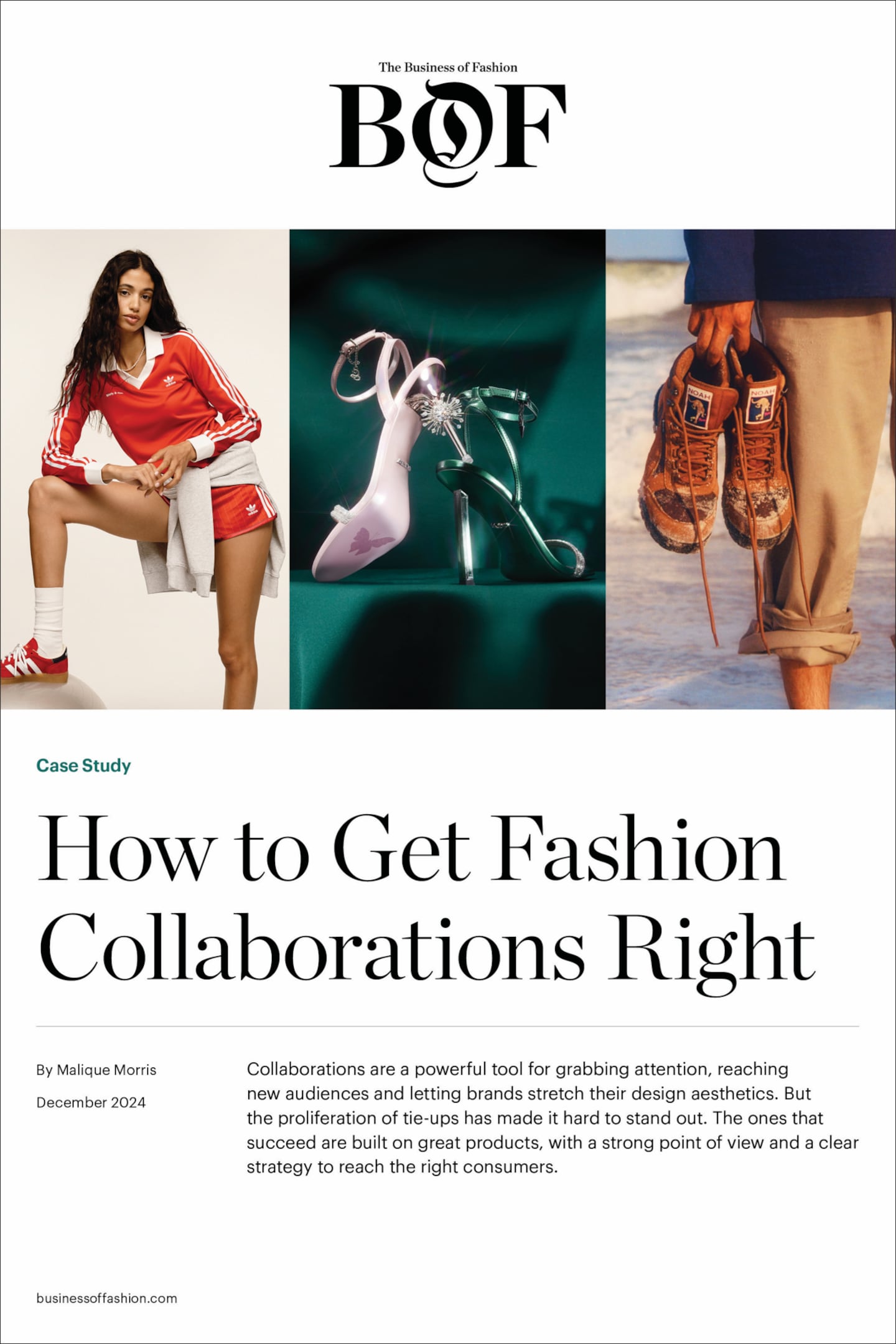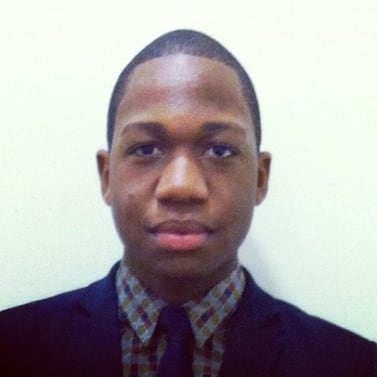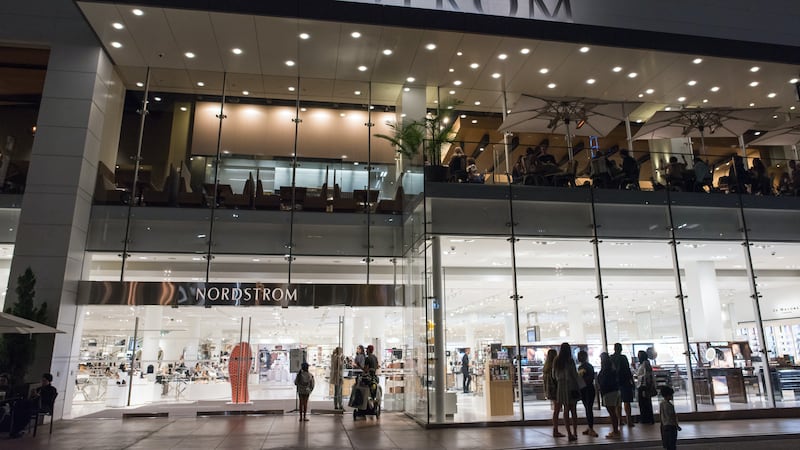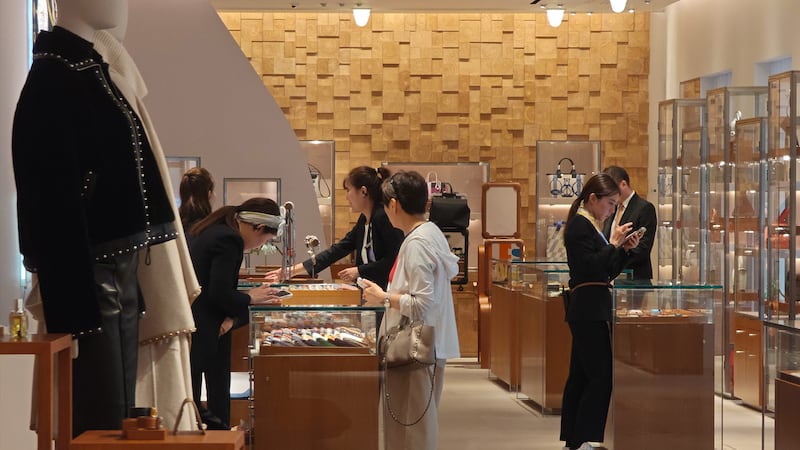Agenda-setting intelligence, analysis and advice for the global fashion community.
When H&M partnered with Karl Lagerfeld on a limited collection in 2004, the pairing of a fast-fashion retailer with the type of luxury designer the Swedish retailer was often accused of copying was at once inconceivable and daring. The collection, which quickly sold out, set a new precedent in fashion.
Two decades later, the unlikely mashup of two brands has become an industry standard, embraced by labels from Louis Vuitton to Crocs. In that time, the number of collaborations has exploded as brands realised there was hardly an easier way to secure eyeballs than forging a new, oftentimes head-scratching partnership that could drive conversation — and hopefully traffic to their sites and stores. Collaborations also help brands appeal to each other’s audiences. A luxury titan or emerging label can reach the masses, while the mass player scores cool points and credibility with consumers.
When those elements work well together, collaborations can be a powerful sales driver. In 2022, when Adidas ended its seven-year Yeezy partnership with Ye (formerly Kanye West) following a series of increasingly inflammatory remarks by the rapper, the tie-up was generating $1.7 billion in annual sales.
But as collaborations have earned a permanent spot in most brands’ marketing mix, the constant barrage of eye-catching partnerships also threatens to tire consumers out. After seeing a collaborative collection by Lululemon and Disney in November 2024, Jefferies analyst Randal Konik commented in a research note that Lululemon shoppers “want workout and athletic products, not clothes to wear to Disney World.” In addition to wasting resources, these sorts of missteps can dilute an otherwise strong brand.
ADVERTISEMENT
“Just combining two hot brands doesn’t make a good combination,” said Nick Woodhouse, president and chief brand officer at Authentic Brands Group, which has forged several collaborations at the brands under its management.
The collaboration landscape is also more varied today than when Lagerfeld and H&M teamed up. Brands might still join forces for a one-off release of limited edition products, but there are a growing number of long-term collaborations between large retailers and coveted design talent. Uniqlo, for example, has worked with Parisian designer Christophe Lemaire on its Uniqlo: U collection since 2016.
While these different approaches can have different goals and benefits, many of the ingredients that make them successful are the same. The most impactful collaborations exhibit a level of tension or cohesion where the joining of two brands is either “glaringly obvious or glaringly unobvious,” said Woodhouse. They also see the brands expand their storytelling and design, with products that feel genuinely new, even when they’re simply a different version of a company’s classic offering. And ultimately the gold standard for a good collaboration is one consumers believe is authentic.
“The best collabs should feel like [they’re] enhancing the world of the brand, not diluting it,” said Tony Wang, founder of luxury consultancy Office of Applied Strategy. “Use it as a tactical tool to solve specific brand positioning, brand perception or audience development questions.”
This case study takes learnings from companies including Noah, Sporty & Rich, Aldo, LoveShackFancy and several others to break down how brands can find the most value from collaborations. It helps brands understand how to pick the right partners, navigate the design process and pursue marketing and distribution strategies that increase the chances of a partnership’s success, allowing brands to cut through the noise and achieve their goals.





